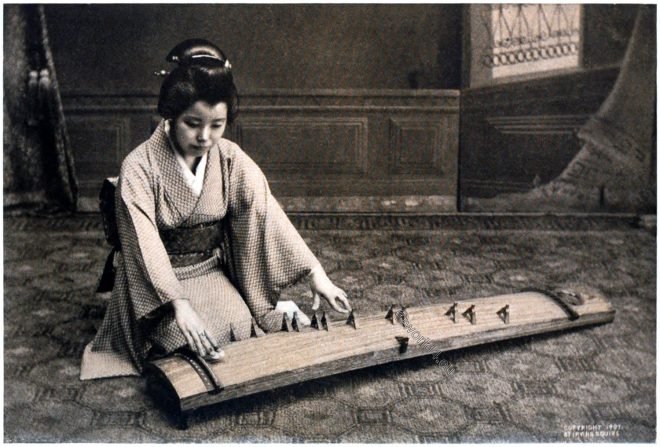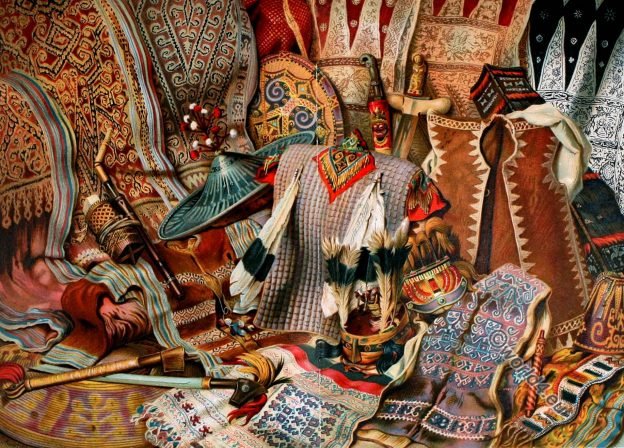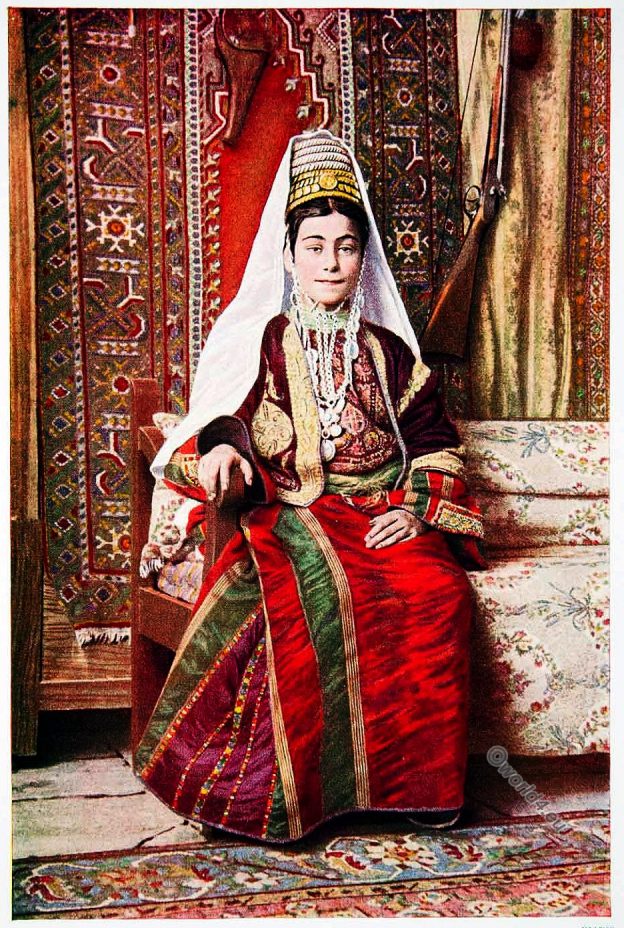Buddhist and Confucian beliefs differ on souls’ knowledge of their afterlife resting places.
Category: 10s
Fashion and Costumes in 1910th. Art deco period clothing
Variegated dress known as that of the “hundred families”.
In China, a tradition involves creating a child’s dress from begged cloth pieces to invoke blessings and protection, known as “Peh-kia-i.”
Japanese koto. Instrument for traditional Japanese music.
The koto was introduced from China to Japan during the Nara period (710-793) as an instrument of court music (Gagaku).
English roses around 1900: history and varieties
English roses: history and varieties
Wall Papers, designed by Walter Crane, 1918.
Fig and Peacock. Golden Age. Wood Notes.
Mrs. Condé Nast, Clarisse Coudert, fashion designer, 1917.
Mrs. Condé Nast wearing one of the famous Fortuny tea gowns.
Indonesian Culture. Fabrics and Weapons of the Malays.
Indonesian Culture. Fabrics and Weapons of the Malays. The Malay (Orang Melayu) are an ethnic group in Southeast Asia. They belong to the Austronesian ethnic groups and speak the Malay… Read More
Indian plantation workers at Malabar around 1910.
Plantation workers harvest pepper in the historic, fabulous Malabar, today’s Kerala state, South-West of India.
Married Woman of Bethlehem in richly colored dress.
Married woman from Bethlehem. Over the richly colored dress, a short embroidered jacket is worn.
Traditional costumes and customs of Lithuania. The peasant folkart.
The peasant art of Lithuania. The Lithuanian women wore long wide robes of wool or linen embellished with a relief-like floral ornament. The costume of the men consisted of a long home woven woolen coat of a dark-blue or grey color, resembling in cut and fold the jacket of the women.










